It is said that a burnt child fears the fire. As with many proverbs, the reverse is equally true: the unburnt child loves the fire. I am that child.
I grew up in Lucknow, living in a bungalow with my parents and my elder brother. Like most bungalows with large rooms, it became very cold in winter. My father would start the wood-burning fireplace and keep it going all through the winter months. Our family would gather around the fireplace along with our seven assorted dogs, and it was a great bonding experience. The fireplace kept our close-knit family together, and I have very pleasant memories of those winter evenings.
In my maternal grandmother’s property, we even had a campfire outside the house. All the children would gather there, and a storyteller would come in from a nearby village to tell us stories. We heard tales of the Ramayana and the Mahabharata and sometimes, we roasted potatoes in the ashes of the fire. Those were wondrous times, filled with joy and childhood magic.
We also had innumerable yagnas in our home, as we were a fairly religious family, thanks to my pious grandparents. The priest would come in and read out the necessary Sanskrit mantras. As kids, our role was to say ‘Swaha’ at precisely the right time; it became a game for us. After the yagna, there was always delicious sattvic food, including generous helpings of halwa.
The most important fire ceremony of my life happened when I got married. My wife and I took our sacred vows around the sacred fire, in the presence of friends and family members. Many, many decades later, those ‘vows’ have become the ‘wows’ in our life.
All these memories, and more, were revived when my wife and I attended the Nava Durga havans virtually, with the divine presence of Om Swami ji. His very presence exuded grace; we could feel it very strongly even though we were thousands of miles away. Everything he did during the havan ignited something deep at the very core of our being. The way he lit the fire was full of divine grace. He started with lighting a small lamp, then the flame ignited the entire havan kund. I was reminded of The Fight Song by Rachel Platten:
“Like a small boat on the ocean
Sending big waves into motion
Like how a single word can make a heart open
I might have only one match, but I can make an explosion”
With Om swami ji’s grace, we are not insignificant human beings. Our actions can have huge consequences for the world. Starting with a single match, we can light up the whole world. Om Swami ji’s life itself is a perfect example of how one individual can make a difference to the world. I learned all of this by watching the havan during the Nava Durga.
Swami ji referred to the havan kund as symbolic of our body and the fire as symbolic of Jathar Agni, the fire in our belly. It is this fire which digests our food for us. Like the havan kund, it is important to treat our body with the greatest respect. We have to be very careful what kind of food we offer to this body, and, what time we offer it. Too much food, at too many frequent intervals will reduce the intensity of the flames. Drinking too much water during meals will dim the flame, like throwing water on a fire. The food that we offer must be pure, like the havan samagri. A little ghee makes the flame a little brighter; yogis often advise taking a little ghee with our food, while avoiding deep fried food. Also, we don’t do havan all day; snacking all day cannot possible be good for us, as it just kills our appetite. Its best to eat during fixed mealtimes, like the yogis do.
I learned another lesson from watching the havans: Sanskrit is a very melodious language, with proper enunciation of the words. It has a rhythm of its own that produces a hypnotic effect on the listener. It could be because the language has been around for thousands of years and it connects us with our past, perhaps going back to previous existences.
By watching the havans, I learned to value the role of fire in our lives. As I sit back in the comfort of my home in Canada, I just turn up the heat a little when it feels cold. The heat comes from a gas-fired furnace that uses a slow combustion process. During the summer, I will turn on the electric air conditioner. Electricity comes from burning of coal, or, from the slow burn of a nuclear power plant. In either case, it is the sacred fire that gives us our comforts. The fire also converts raw material into food; it gives us our daal, roti and sabzi. The process of combustion also makes it possible to drive a car or a two-wheeler, converting fossil fuels into useful energy. Even if we use electric vehicles, the electricity comes from some type of power plant that uses fire in one form or another. Even renewable energy comes from the sun, the ultimate source of fire in our planetary system.
It is fire that separates humans from other animals. As far as I know, no other animal can light a fire; most wild animals run away from a fire. It is mastery of fire that has enabled human beings to evolve so much.
Without the use of fire, we would be no different from other animal species.
Thank you, Swami ji, for giving us the wonderful gift of fire in the form of the Nava Durga havans.

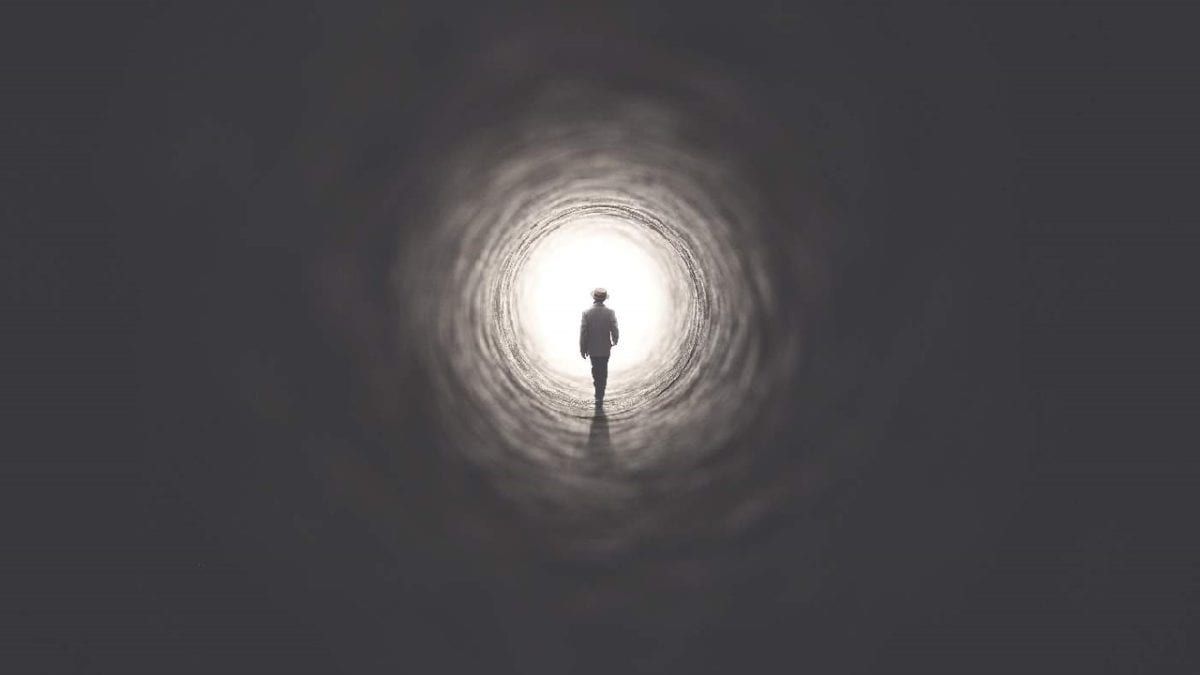
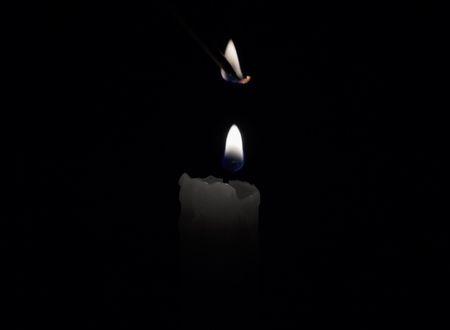

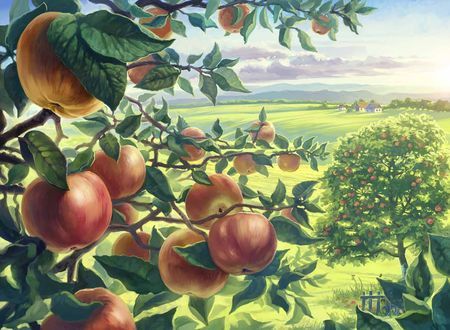
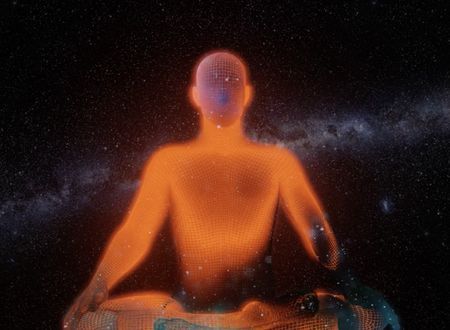
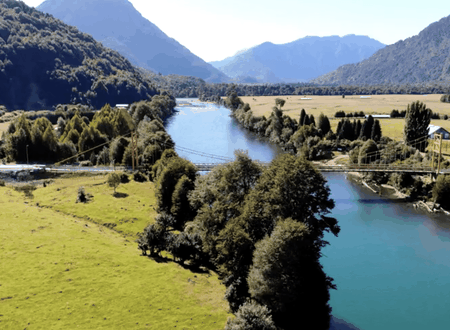


Comments & Discussion
11 COMMENTS
Please login to read members' comments and participate in the discussion.